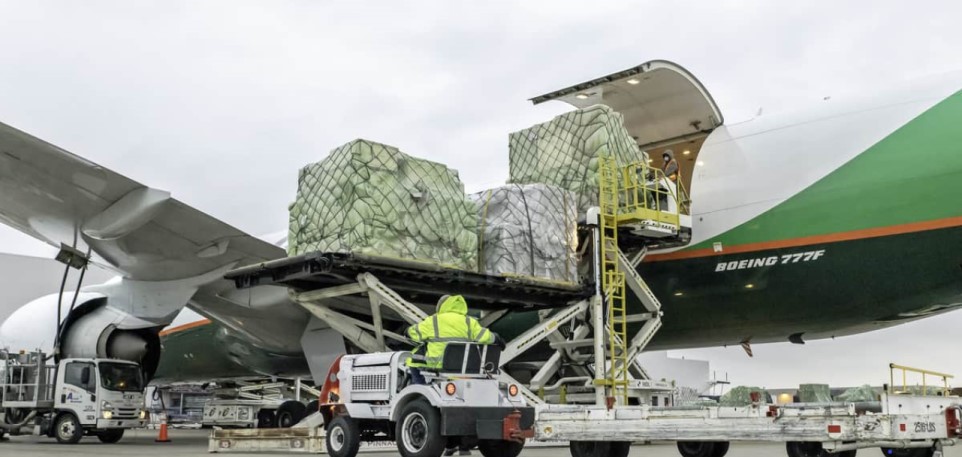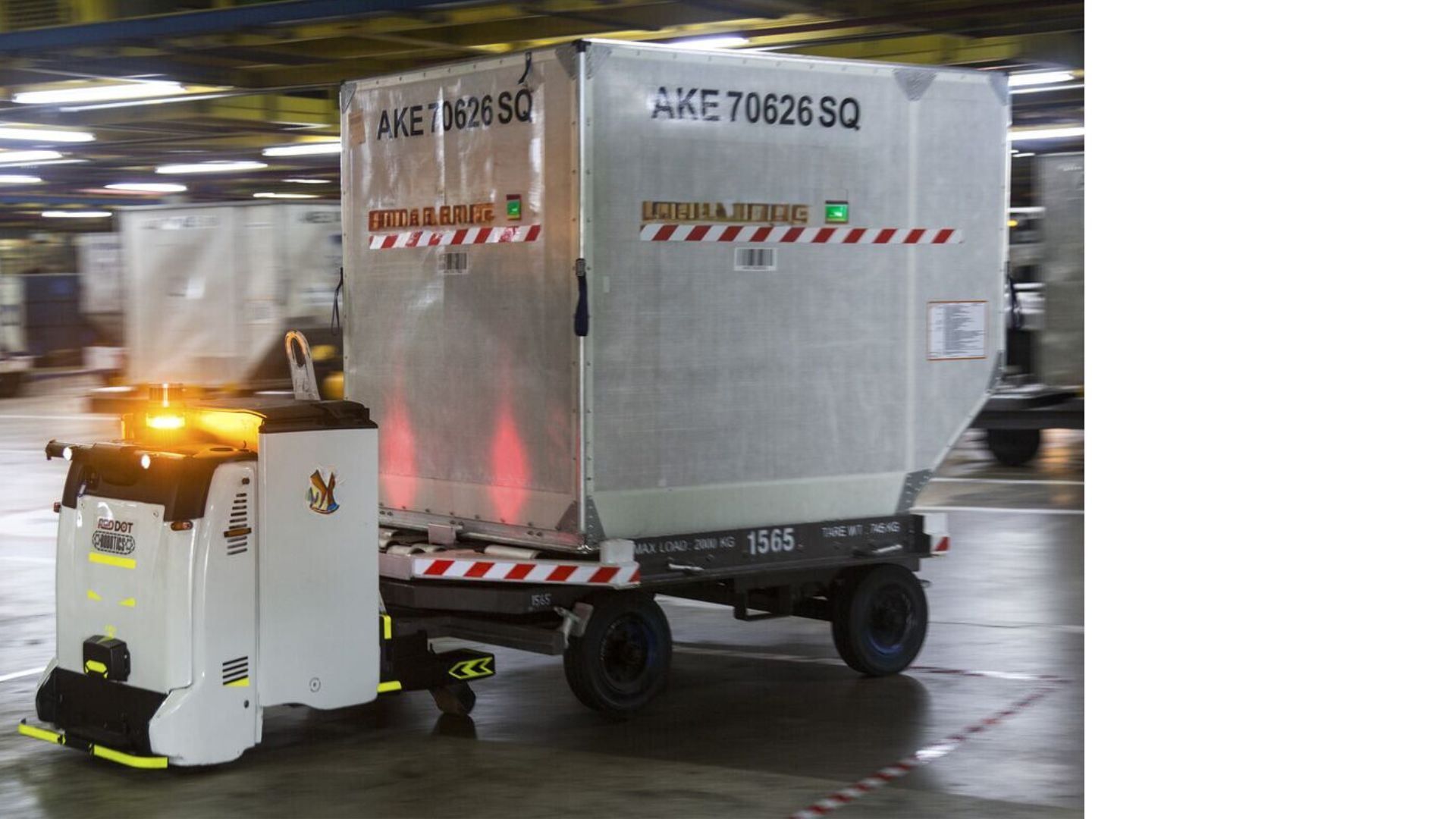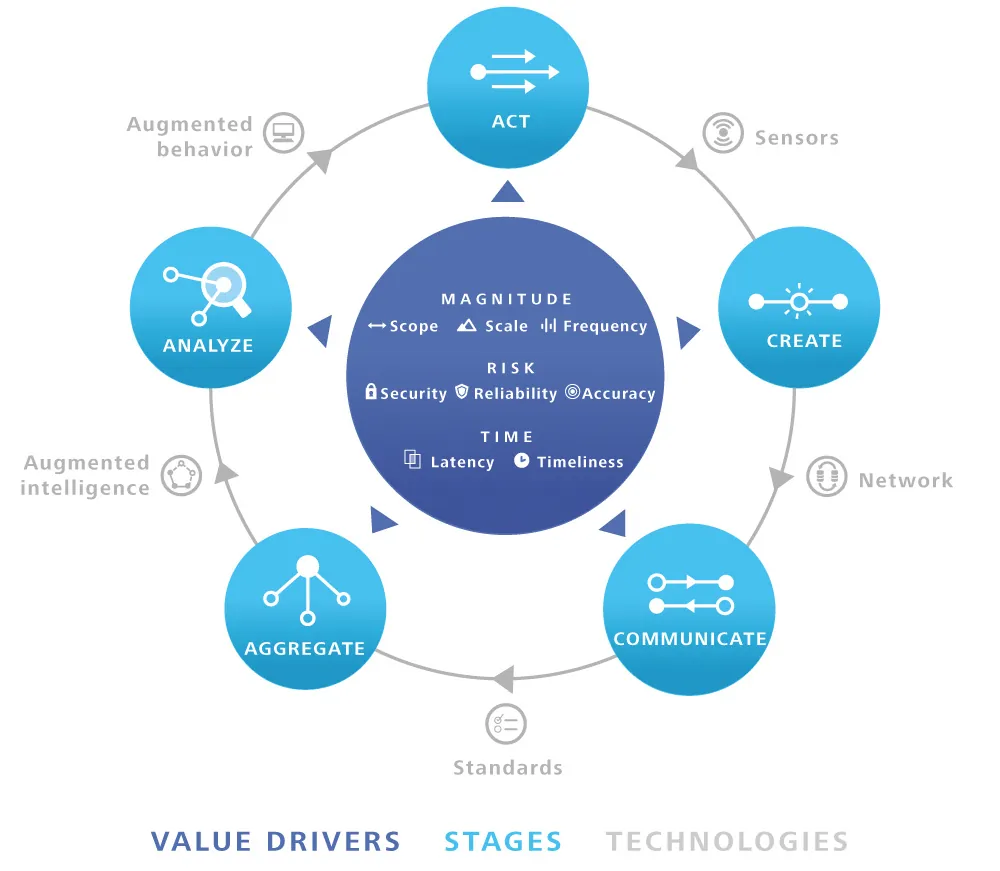For over 100 years, air freight shipping has stood as an essential cornerstone within the intricate global logistics web, facilitating air cargo’s swift transportation across extensive distances. Nevertheless, the domain of air freight is experiencing a transformation of unparalleled swiftness, propelled forward by the rapid progress of technology and the compelling call for sustainable solutions.
In this in-depth examination, we embark on cutting-edge trends and revolutionary innovations that are molding the path toward the future of transporting air cargo.
Why Key Trends and Innovations are Important
Paying attention to the future of air freight is crucial for businesses, policymakers, and individuals involved in global trade, logistics, and air cargo transportation. It allows them to adapt to changing circumstances, enhance efficiency, reduce environmental impact, and maintain competitiveness in an evolving industry.
Factors that may influence one to keep track of these trends and innovations shaping our industry:
–Global Trade and Commerce: Air freight is a critical global trade and commerce enabler. Understanding the trends and innovations in this industry is essential for businesses involved in air cargo trade, as it directly impacts their supply chains, delivery times, and competitiveness.
-Efficiency and Speed: Air freight is known for its speed and efficiency in transporting goods. Staying informed about trends and innovations in the industry allows businesses to optimize their logistics operations, reduce lead times, and meet customer demands more effectively.
–Environmental Impact: With growing concerns about climate change, the air freight industry is under pressure to reduce its carbon footprint. Innovations in sustainable practices and technologies are crucial for mitigating the environmental impact of air cargo transportation. Attention to these trends is essential for businesses meeting sustainability goals and consumer expectations.
-Cost Savings: Innovations such as automation, digitalization, and improved route planning can lead to cost savings in air freight. Awarness of these trends allows businesses to identify opportunities to reduce expenses and increase profitability.
-Competitive Advantage: Staying ahead of industry trends can provide a competitive advantage. Businesses that embrace innovative technologies and sustainable practices early can differentiate themselves in the market, attract customers looking for eco-friendly options, and outperform competitors.
-Regulatory Compliance: Air cargo shipments are subject to various regulations, especially concerning safety and environmental standards. Being aware of emerging principles and industry best practices is vital to ensure compliance and avoid potential legal issues.
The Current State of Air Freight
Before we embark on this exciting journey into the future, let’s first grasp the current state of air freight. The industry, while indispensable, faces its share of challenges. Issues like airport congestion, capacity constraints, and environmental concerns have posed significant hurdles. Nevertheless, air freight continues to be the preferred choice for transporting time-sensitive and high-value air cargo across the globe. All the While, picking suitable shipping companies has been a hassle for many consumers from comparing services, prices, and customer recommendations.

Sustainable Practices
In an era of growing environmental awareness, sustainability is a pivotal concern in the air freight industry. Innovative solutions are emerging to address this issue. Electric airplanes are under development, promising to slash carbon emissions and make air cargo shipments a more eco-friendly option. These sustainable practices not only align with global environmental goals but also resonate with consumers who are increasingly prioritizing eco-friendly shipping options. The future of air freight will undoubtedly feature a steadfast commitment to reducing its environmental impact.
Additionally, many air freight companies are adopting carbon offset programs, allowing customers to mitigate their carbon footprint and contribute to a greener future.
Some ways in which air freight is incorporating sustainability into its operations:
–Carbon Offsetting: Many air freight companies offer carbon offset programs, allowing customers to compensate for their emissions by investing in projects that reduce or capture an equivalent amount of greenhouse gases. This strategy helps neutralize the environmental impact of air cargo shipments.
-Alternative Fuels: Some airlines are experimenting with alternative fuels, such as biofuels, which have a lower carbon footprint than traditional aviation fuels. These sustainable alternatives can significantly reduce greenhouse gas emissions.
-Collaboration and Certification: Airlines and air freight companies collaborate with organizations like the International Air Transport Association (IATA) to develop industry standards and certifications for sustainability practices.
-Optimized Routes: Advanced navigation systems and route optimization technologies utilize flight distances to minimize fuel consumption and lower emissions. These systems consider weather conditions and air traffic to find the most efficient paths.
-Technology for Efficiency: Implementing digital technology and data analytics helps optimize packaging, scheduling, load factors, and flight planning, leading to more efficient, safe, and eco-friendly operations.
Automation and Robotics
One of the most profound transformations in air freight is the integration of automation and robotics. These technologies are revolutionizing operations and redefining efficiency standards. Autonomous drones are rapidly gaining prominence for last-mile deliveries, ushering in cost savings and remarkable delivery speed. Inside warehouses, robotic arms are adeptly sorting and loading air cargo, significantly reducing human error while enhancing overall safety.

As we navigate this transformative journey, we find ourselves on the cusp of a new era in air freight—one defined by innovation, efficiency, and boundless possibilities. The air freight industry continues to embrace these technologies, and the options for streamlining operations, reducing costs, and enhancing safety are virtually limitless.
While we currently witness the early stages of this transformation, the future promises a highly efficient and automated air freight network that can meet the ever-increasing demands of global trade and logistics. The ongoing evolution of automation and robotics ensures that this vision will not remain a distant dream but will soon become an integral part of the air freight landscape.
Digitalization and IoT
Digitalization and the Internet of Things (IoT) are the linchpins of change in air freight. They offer unprecedented visibility and control over air cargo shipments. IoT sensors are now deployed within cargo containers, enabling real-time tracking. These sensors help thwart theft and ensure that perishable goods transported are at optimal temperature and humidity levels.
Moreover, digitalization empowers predictive maintenance, reducing downtime and bolstering aircraft reliability. Airlines can proactively address maintenance issues before they evolve into costly delays, further enhancing the efficiency of air freight operations. In a world where data reigns supreme, the ability to track cargo, monitor environmental conditions and energy usage, and predict maintenance needs is nothing short of a game-changer for the air freight industry.
You can exploit extensive connectivity and analytical capabilities offered by IoT to bring all the factors of production together seamlessly. But to avoid pitfalls and common IoT mistakes, you have to work with an expert in IoT. With expertise, you can retain your investment in a niched IoT system.

Market Trends and Growth
The future appears exceptionally promising as we gaze into the crystal ball of air freight. According to industry reports, the air cargo market, as expected, is growing steadily. The demand for e-commerce is soaring, and the rapid expansion of air freight is undeniable. Moreover, the adoption of innovative technologies is poised to catalyze efficiency gains and amplify profitability.
The future of air freight is bright, marked by many exciting trends and innovations. Automation and robotics are transforming operations, rendering them faster and more efficient. Sustainable practices steadily reduce the industry’s carbon footprint, aligning it with environmental objectives. Digitalization and IoT are empowering unprecedented control and visibility. As the global economy undergoes tectonic shifts, air freight is poised to play an even more critical role in meeting the demands of a rapidly changing world.
The journey of the air freight industry into the future promises to be nothing short of thrilling, offering new horizons and solutions for businesses and consumers alike. Embracing these trends and innovations is imperative for staying competitive in the ever-evolving landscape of air freight.
Embracing these innovations will enhance efficiency, profitability, and a more sustainable and environmentally responsible future.
The Future of Air Freight to FreightCenter
Staying informed and adaptable in the ever-evolving air freight landscape is essential for FreightCenter to offer an influential competitive edge, market opportunities, risk mitigation, and customer expectations for Consumers to thrive in the dynamic world of global logistics.
By unifying its approaches with the insights provided, FreightCenter can effectively navigate the dynamic future landscape of the air freight sector and deliver efficient and cost-effective logistics solutions to its clients.

